A good night’s sleep can feel elusive when breathing is noisy, dry or disrupted. Many people now look to natural methods before reaching for pills and potions. One simple idea has gained attention: encouraging nasal breathing during sleep. Myotape is one of the tools designed for that exact purpose, and it has sparked keen interest among those who snore, wake with a dry mouth, or feel unrefreshed in the morning.
Before changing bedtime routines, it helps to understand what the product is, why nasal breathing matters, and how to use it safely and sensibly.
What is Myotape and why people use it
Myotape is an adhesive tape that sits around the lips, not across them, with a gentle elastic tension that brings the lips together. The aim is not to seal the mouth shut. It is to cue the jaw and lips to rest in a closed position so that the body defaults to nasal breathing through the night.
It is marketed as a drug-free sleep aid. Many find it useful if mouth breathing is habitual, if snoring is linked to an open mouth, or if morning dryness and sore throats are common. It is small, simple and surprisingly unobtrusive once fitted correctly.
Why nasal breathing supports better sleep
Human airways are built with the nose as the primary channel for day and night. Breathing through the nose can:
- Humidify and warm incoming air, which is gentler on the throat
- Filter particles through nasal hairs and mucosa
- Regulate airflow with slightly higher resistance that helps stabilise breathing
- Boost nitric oxide levels in inhaled air, which may assist airflow distribution in the lungs
These features matter at night. Mouth breathing tends to dry the oral cavity and can encourage a dropped jaw that collapses the upper airway. That combination often increases snoring volume and fragmentation of sleep.
Nasal breathing improves carbon dioxide tolerance and diaphragmatic rhythm for many people. It can reduce the sensation of shortness of breath that drives mouth opening. Over time, habit change during the day often follows improvements at night, creating a virtuous cycle.
There is also a dental angle. Mouth breathing dries saliva, which helps buffer acids and protect enamel. Persistent dryness can aggravate gum issues and bad breath. People who shift to nasal breathing often report a calmer mouth and fewer morning symptoms.
How Myotape works through the night
The design is different from a strip that seals the lips. Myotape frames the mouth and uses elastic recoil to support a closed but relaxed lip posture. You can still part your lips if you need to cough or speak. This distinction is important for comfort and safety.
The tape brings awareness to lip position. Even if you turn in your sleep, the gentle pull nudges your body back towards nasal breathing. Many users find that after a few weeks the cue becomes learned, and they rely less on tape or move to intermittent use.
Because it sits outside the lips, saliva contact is reduced compared with traditional vertical mouth tapes. That can make the adhesive more reliable across the night and kinder to the skin.
Who might benefit
- Habitual mouth breathers with dry mouth on waking
- Snorers whose snoring gets louder when the mouth opens
- People with mild nasal congestion who can still breathe through the nose when upright
- Those seeking a non-drug option to support sleep quality
- Daytime mouth breathers working on breathing retraining
Some athletes and voice professionals also use it to reinforce nasal breathing as a skill, easing dry throat issues that affect performance the next day.
Important cautions and who should avoid it
Mouth taping is not for everyone. It can be unsafe or unsuitable in certain situations.
Avoid using Myotape if you:
- Have diagnosed obstructive sleep apnoea that is untreated
- Experience significant nasal blockage, polyps or a deviated septum that prevents comfortable nasal breathing
- Have severe lung disease or heart failure
- Are prone to nausea or vomiting at night
- Have active skin conditions around the lips or known sensitivity to adhesives
- Have consumed alcohol heavily or taken sedatives
- Are a child without professional guidance and parental supervision
If you snore with choking, gasping or witnessed pauses in breathing, speak with a GP or sleep clinician before trying any mouth tape. Taping can mask mouth breathing without addressing upper airway collapse, so proper assessment matters.
Getting started: a practical routine
Start gently and build confidence.
- Daytime trial
- Wear Myotape for 10 to 15 minutes while awake, sitting and reading or watching television. Check that you can breathe through your nose easily and that the skin feels comfortable.
- Prep the nose
- Clear the nose with a saline rinse or a warm shower beforehand. A nasal strip or decongestant spray can be used short term if advised by a pharmacist or GP, especially during colds or hay fever.
- Prep the skin
- Wash and dry the area around the mouth. Avoid heavy oils or thick moisturisers right before use. If you have a beard, trim or choose a larger size to improve adhesion.
- Apply carefully
- Centre the tape so it frames the lips. Press gently along the adhesive edges. Open the lips slightly, then allow them to meet softly. You should be able to part them with a small effort.
- First nights
- Try during a short nap if you feel anxious. Move to a full night once you feel settled. Keep a small pair of blunt scissors or a quick-release plan nearby for peace of mind.
- Morning check-in
- Note snoring changes, dryness, and how you feel on waking. Track progress over two weeks.
Comfort tips and common fixes
- If the skin feels irritated, apply a thin barrier cream well before bedtime so it absorbs, or rotate placement slightly each night
- Try a different size if the tape feels too tight or too loose
- If you have hay fever, manage allergies during the day to keep night-time nasal passages clear
- Hydrate well in the afternoon and early evening
- Side sleeping can reduce snoring and may pair well with Myotape
- Keep the bedroom air between 40 and 50 percent relative humidity if possible
How it compares with other options
Many people combine strategies. Here is a snapshot of common approaches.
| Approach | Drug free | Main aim | Pros | Cons | Best for |
|---|---|---|---|---|---|
| Myotape | Yes | Encourage nasal breathing by supporting lip closure | Easy to use, allows mouth opening if needed, less saliva contact | Not suitable for blocked noses or certain medical conditions, skin sensitivity possible | Mouth breathers, snorers with open-mouth habit |
| Vertical mouth tape strip | Yes | Seal lips directly | Strong cue, simple | Can feel restrictive, saliva may loosen adhesive, harder to speak | Experienced users who tolerate full sealing |
| Chin strap | Yes | Support jaw from dropping open | Reusable, no adhesive | Can shift during sleep, may feel warm, does not cue lips | People who dislike adhesive on skin |
| Nasal dilator strip or cone | Yes | Widen nasal passages | Helps congestion, useful during colds and allergies | Does not address mouth opening, variable comfort | Those with narrow nasal valves or mild congestion |
| CPAP | No, uses equipment | Treat obstructive sleep apnoea | Gold standard for moderate to severe apnoea | Requires prescription and setup, adaptation period | Diagnosed OSA under medical care |
| Mandibular advancement device | Yes for many designs | Hold jaw forward to open airway | Portable, evidence for snoring and mild to moderate apnoea | Dental fitting needed, jaw soreness possible | Snorers and mild to moderate OSA under dentist care |
What the research indicates
There is a growing body of work on nasal breathing and mouth taping, though large, long-term trials are still limited.
- Nasal breathing increases nitric oxide in inhaled air, which can support ventilation-perfusion matching in the lungs. This has been described in physiology studies and aligns with reports of smoother breathing when the mouth stays closed.
- Studies on mouth taping in primary snoring suggest meaningful reductions in snoring index and partner-reported noise when mouth opening is a major factor. Sample sizes tend to be small but results are consistent across several reports.
- Breathing retraining methods that promote nasal breathing, including daytime techniques, have shown improvements in symptoms like dry mouth, sleep fragmentation and daytime fatigue for some participants.
- For obstructive sleep apnoea, evidence is mixed. Mouth taping can reduce mouth leak in CPAP users and improve comfort, but it is not a treatment for upper airway collapse. Screening for apnoea with validated questionnaires, or formal sleep testing when indicated, remains key.
As always, individual response varies. The best indicator is your own nightly data and how you feel during the day, combined with medical input where appropriate.
Safety notes, side effects and hygiene
- Skin care: test the adhesive on a small patch during the day. If redness persists, pause use and seek advice. Hypoallergenic options help some users.
- Nasal readiness: if you cannot breathe comfortably through your nose at rest while awake, address that first. Saline rinses, allergy management and structural assessment through a GP or ENT specialist can make a big difference.
- Oral health: keep lips hydrated during the day, not right before taping. Night-time mouth breathing can worsen cavities, so a fluoride toothpaste and dental check-ups are sensible companions to any taping routine.
- Adhesive management: store tape flat in a cool, dry place. Replace if edges collect lint or lose tack.
- Alcohol and sedatives: avoid tape on nights when you are drowsier than usual or after heavy drinking.
- Night-time nausea: skip taping if you feel unwell or nauseated.
Setting realistic expectations
Habit change takes practice. The first few nights can feel odd. Many users report noticeable changes within a week, particularly less dry mouth and quieter breathing. Snoring volume may drop quickly if mouth opening was the main driver. Other gains like fewer awakenings and better alertness can take longer.
Think of Myotape as a cue, not a cure. It supports a pattern your body already knows how to do. Pair it with healthy sleep routines and daytime nasal breathing to amplify the effect.
Building a supportive routine
- Keep a regular sleep schedule and wind down with screens off at least one hour before bed
- Maintain nasal hygiene during allergy seasons
- Sleep on your side if snoring worsens on your back
- Aim for gentle nasal breathing in the day during walks and desk work
- Keep a sleep diary for two weeks when starting, noting snoring reports, dryness and energy levels
Common questions
Q: Will I feel trapped? A: Myotape frames the lips rather than sealing them. You can part your lips if you need to cough or speak. Daytime trials help build confidence.
Q: What if my nose blocks mid-sleep? A: Remove the tape and address the cause. Saline sprays, a quick drink of water, or sitting up for a few minutes often helps. Reapply only if you feel comfortable.
Q: Is it safe with a beard? A: Adhesion can be harder. A larger size and careful placement on hairless skin around the lips improves grip. Some users pair with a light chin strap to reduce movement.
Q: Can children use it? A: Some clinicians use mouth taping in paediatric cases as part of broader breathing and dental care, but only with professional guidance and parental supervision. Do not self-apply in children without advice.
Q: How soon will snoring reduce? A: If open-mouth snoring is the main issue, changes can appear in the first few nights. If nasal congestion or apnoea is present, benefits may be limited until those are addressed.
Q: What about colds or hay fever? A: Most people pause taping when congestion peaks. Once the nose clears, resume. Managing allergies during the day makes night-time use easier.
Buying tips and sustainability
- Choose the correct size for your face to avoid over-tension
- Look for skin-friendly adhesive and check ingredients if you have sensitivities
- Consider subscription or multi-pack options to reduce cost per unit
- Store flat and sealed to maintain adhesive quality
- Dispose thoughtfully. Some brands are moving to paper-based carriers and recyclable packaging
A simple plan to try tonight
- Clear the nose with a saline rinse
- Wash and dry the mouth area
- Apply the tape and do three minutes of slow nasal breathing
- Settle on your side with good pillow support
- Keep a notebook by the bed to record how the night went
Small adjustments, repeated consistently, often add up. With care and the right checks in place, many people find that supporting nasal breathing can calm the night and brighten the morning.











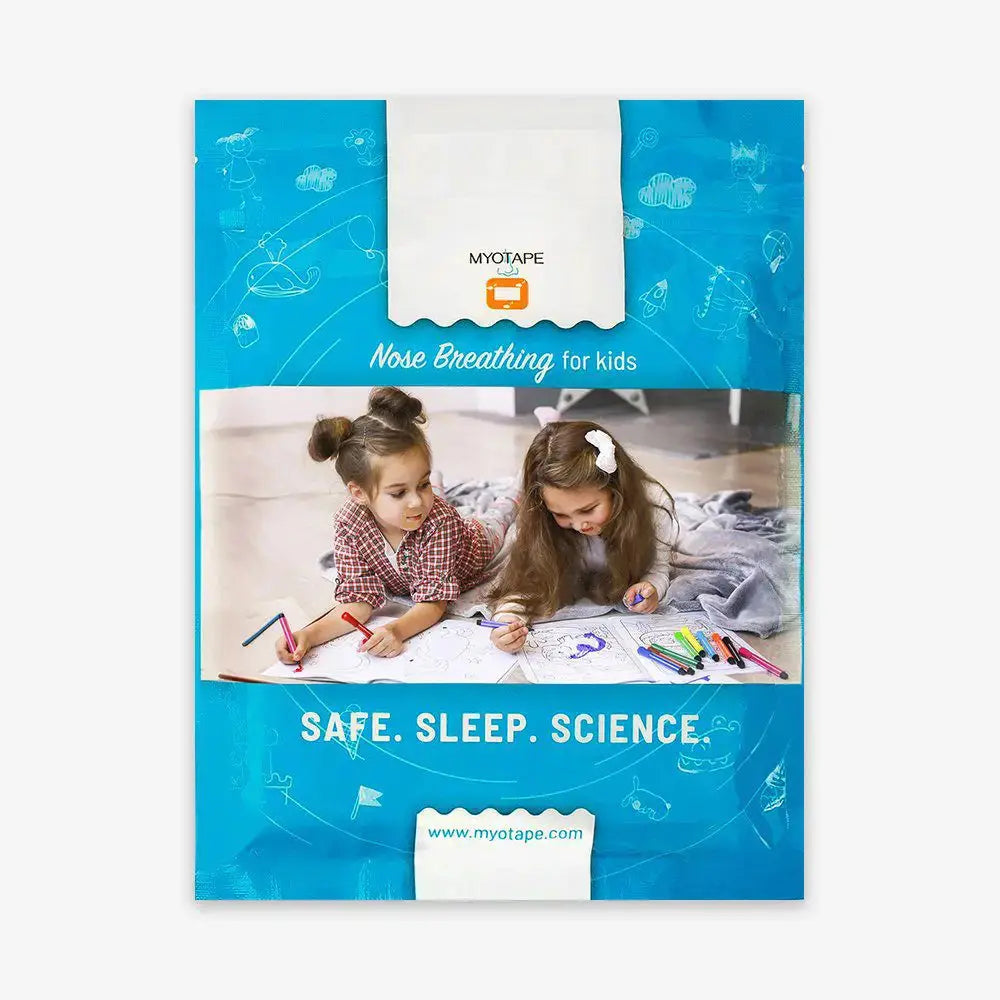
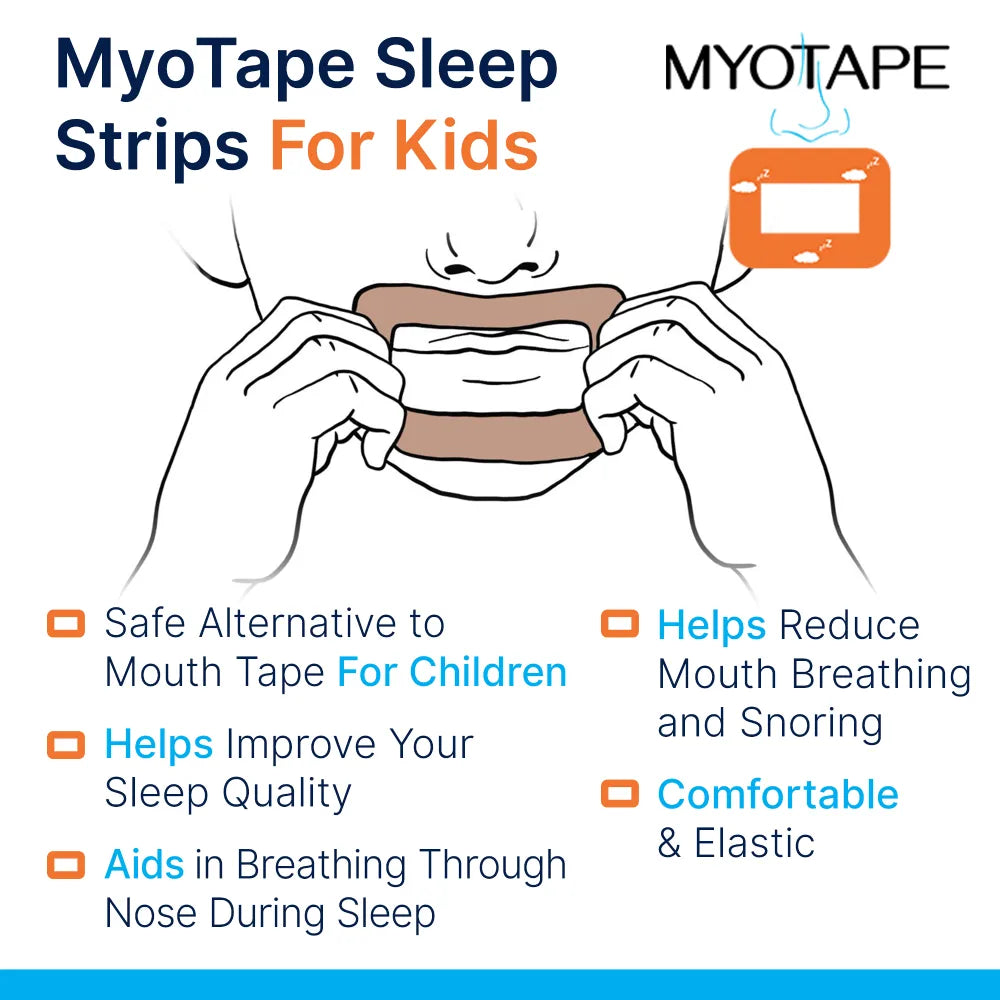
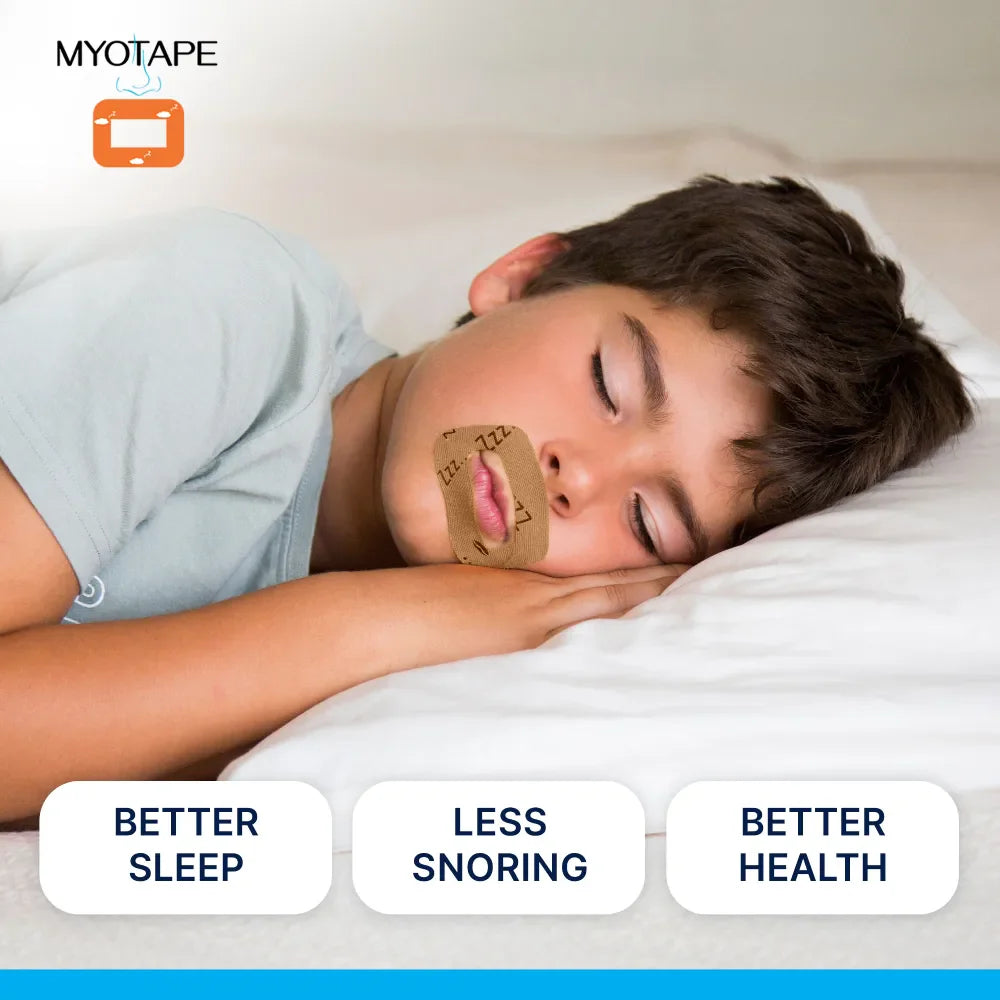
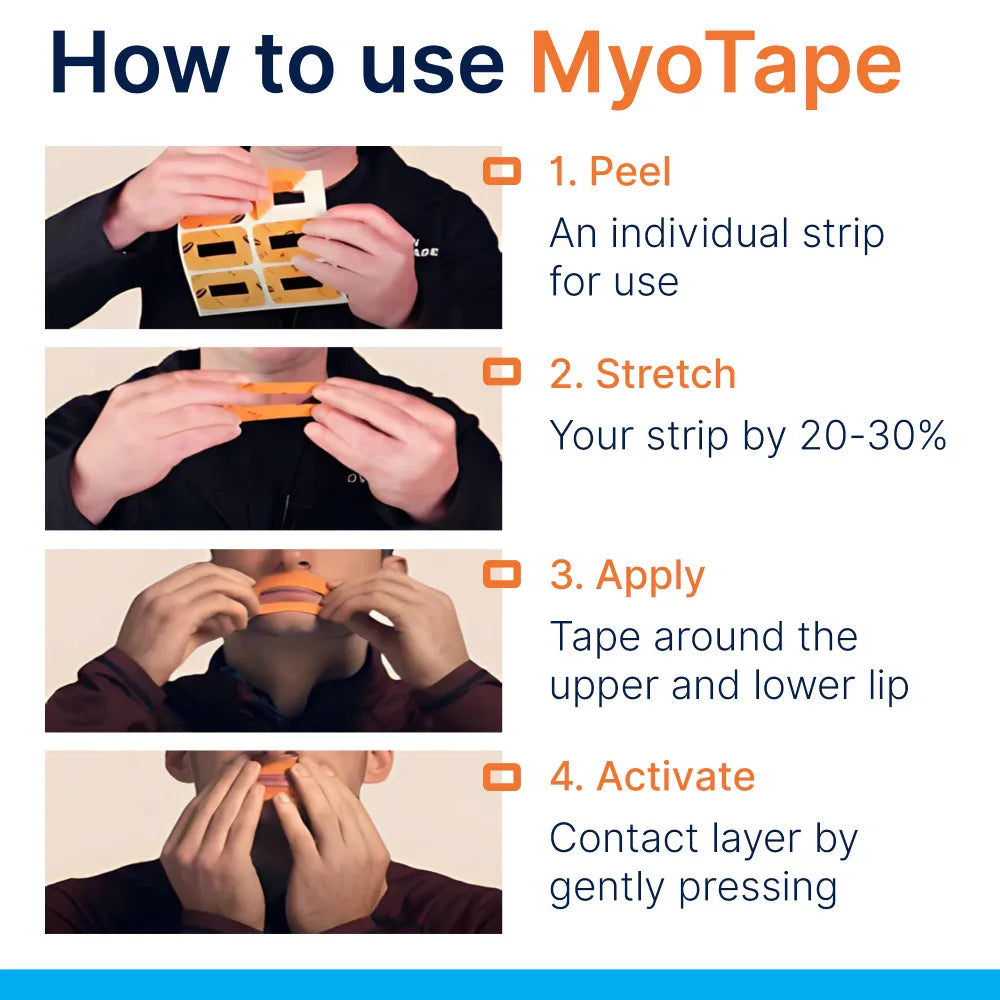
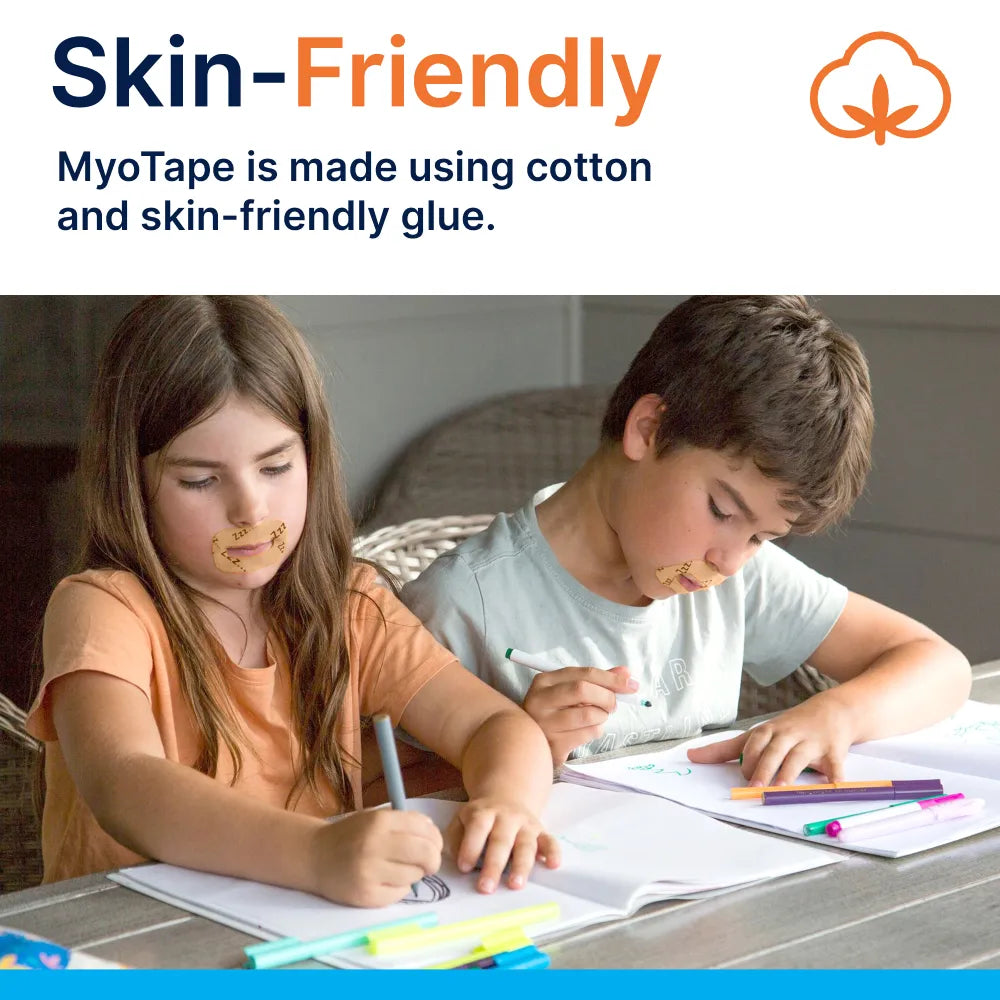










0 comments